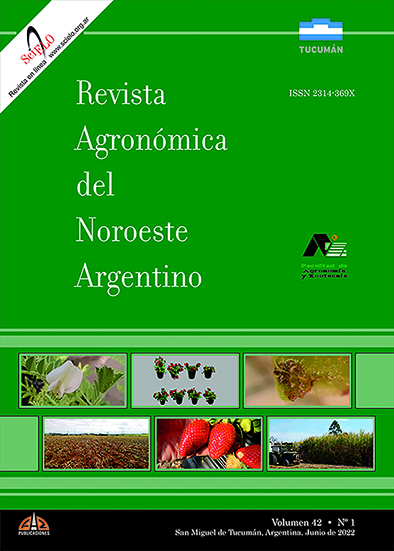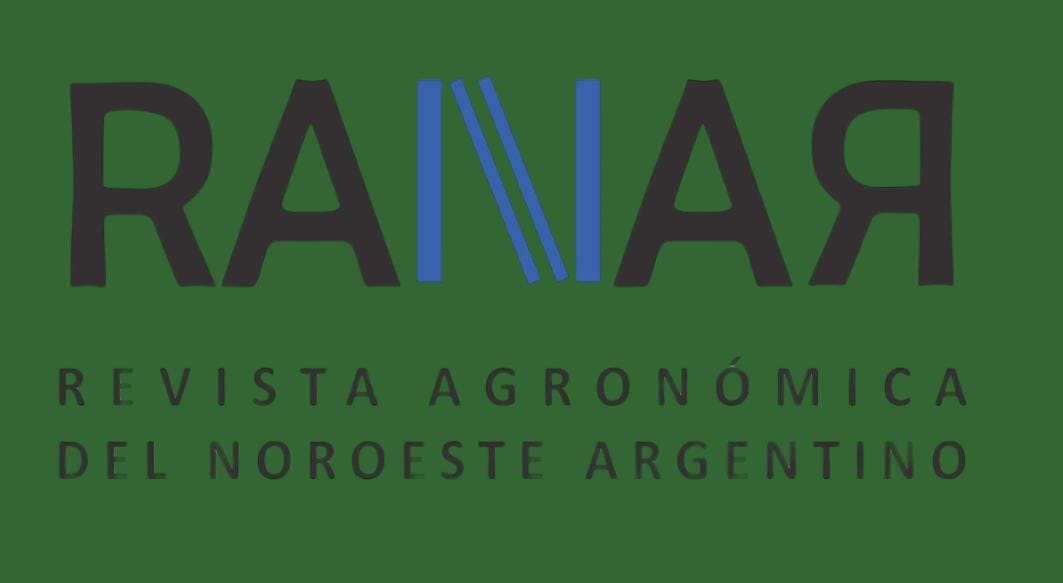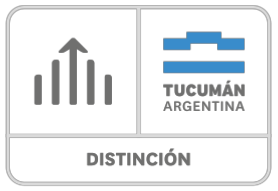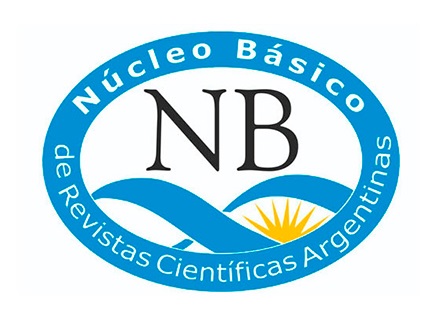Population dynamics of Aceria sheldoni Ewing (Acari: Eriophyidae) on lemon trees in function of climate variables temperature, precipitations and relative humidity in Tucumán, Argentina
Keywords:
Abundance, Bud mite, Precipitations, TemperatureAbstract
Aceria sheldoni Ewing, the bud mite, causes deformation of leaves, branches, flowers, and fruits. With few natural enemies and a protected habitat, this pest becomes difficult to control, also on account of the small size of the insect and its high reproductive potential. This study aimed to determine population abundance for each active development stage of A. sheldoni in Famaillá, Tucumán while also evaluating the influence of local climatic factors. The studies were conducted from April 2017 to March 2018, observing 10 Lisboa Limoneira 8A tree plants grown without agrochemicals. One-year-old branches were extracted from each tree considering cardinal points. The number of individuals per stage of development, environmental conditions, and predatory mites were recorded. The data was analyzed with KruskalWallis and linear regressions. In the autumn-winter sampling, 398 eggs, 175 immatures, 768 adults, and 24 predatory mites were collected. In summer-spring 446 eggs, 1359 immatures, 1643 adults, and 26 predatory mites were recorded. In the autumn-winter season, abundance values for the stages showed significant differences, and their maximum values were recorded in September. Eggs were positively related to temperature, whereas immature stages and adults showed negative relationships with relative humidity. In summer-spring, abundance was significantly higher than in autumn-winter. Immature stages presented a positive relationship with maximum temperature, and adults with minimum temperature. The predatory mites found belonged to the Phytoseidae and Stigmaeidae families.

Downloads
Published
Issue
Section
License
Copyright (c) 2022 Revista Agronómica del Noroeste Argentino

This work is licensed under a Creative Commons Attribution-NonCommercial-ShareAlike 4.0 International License.








